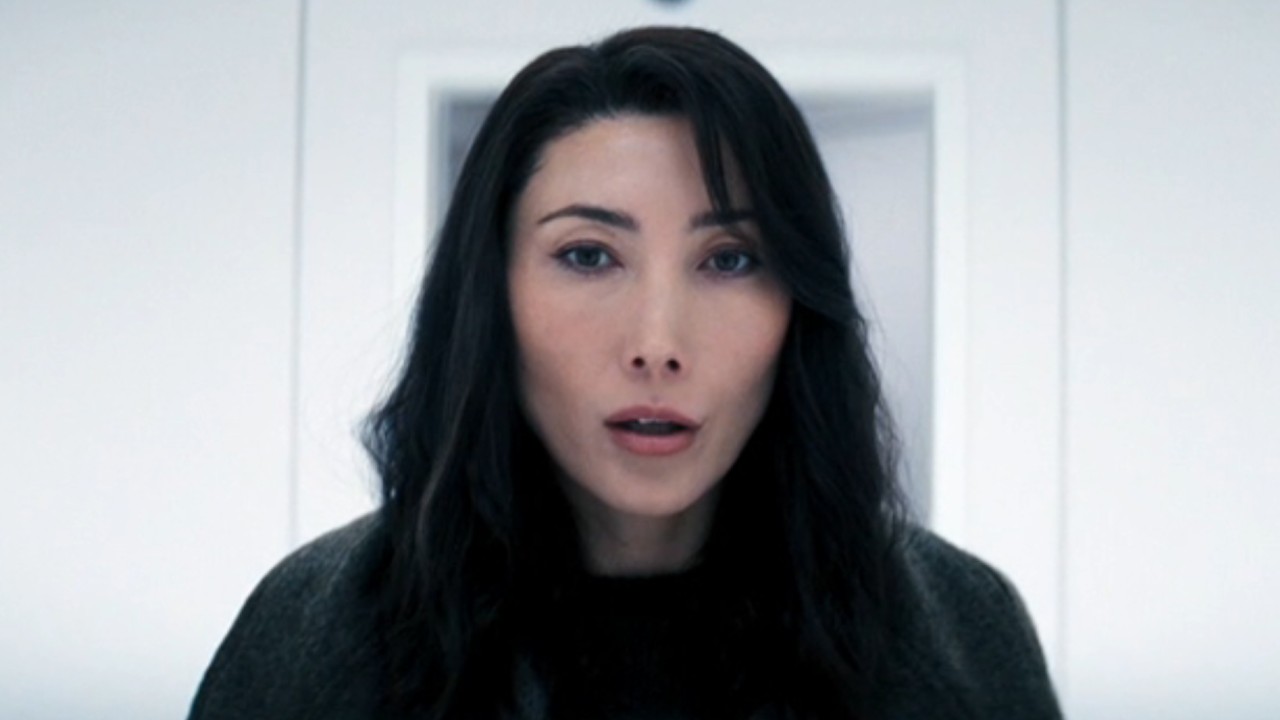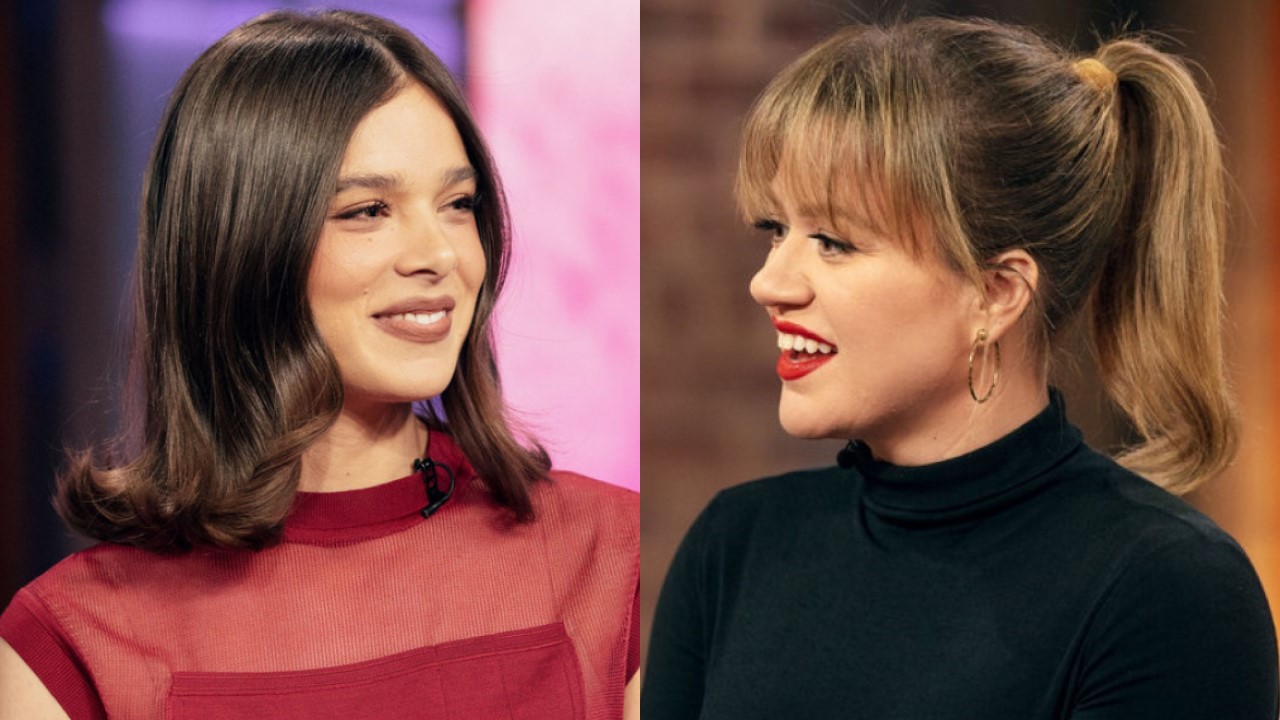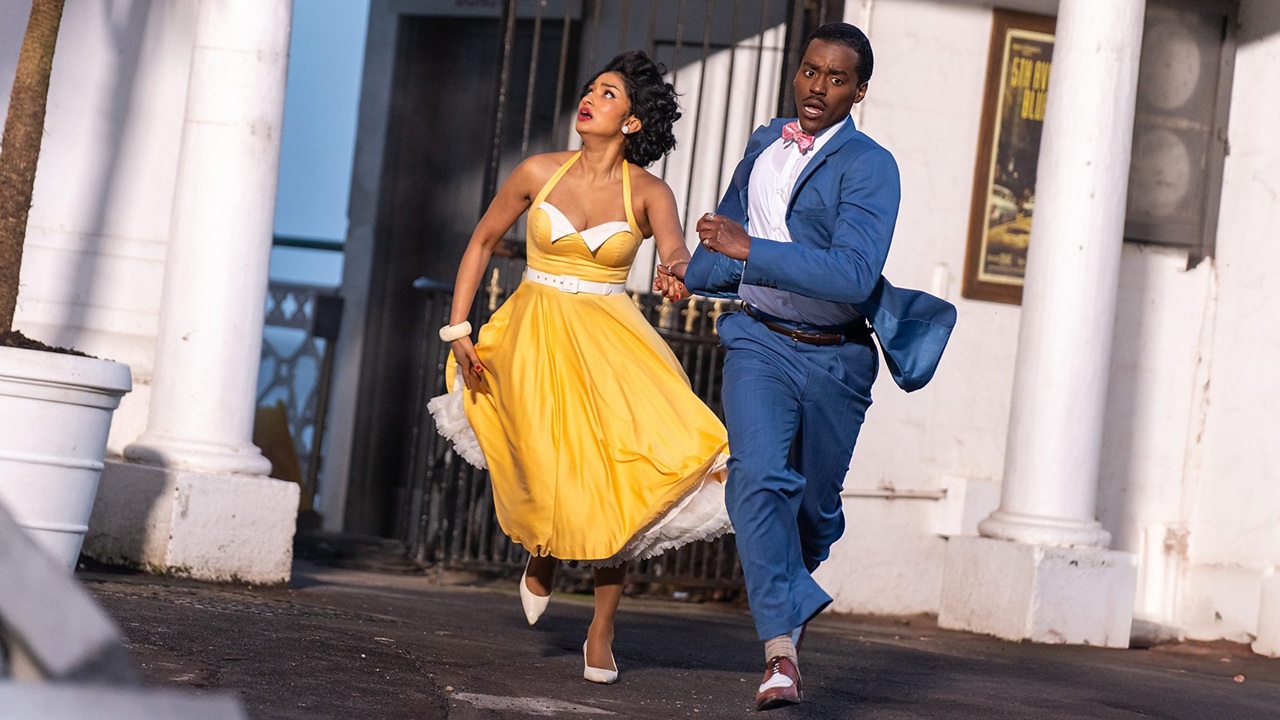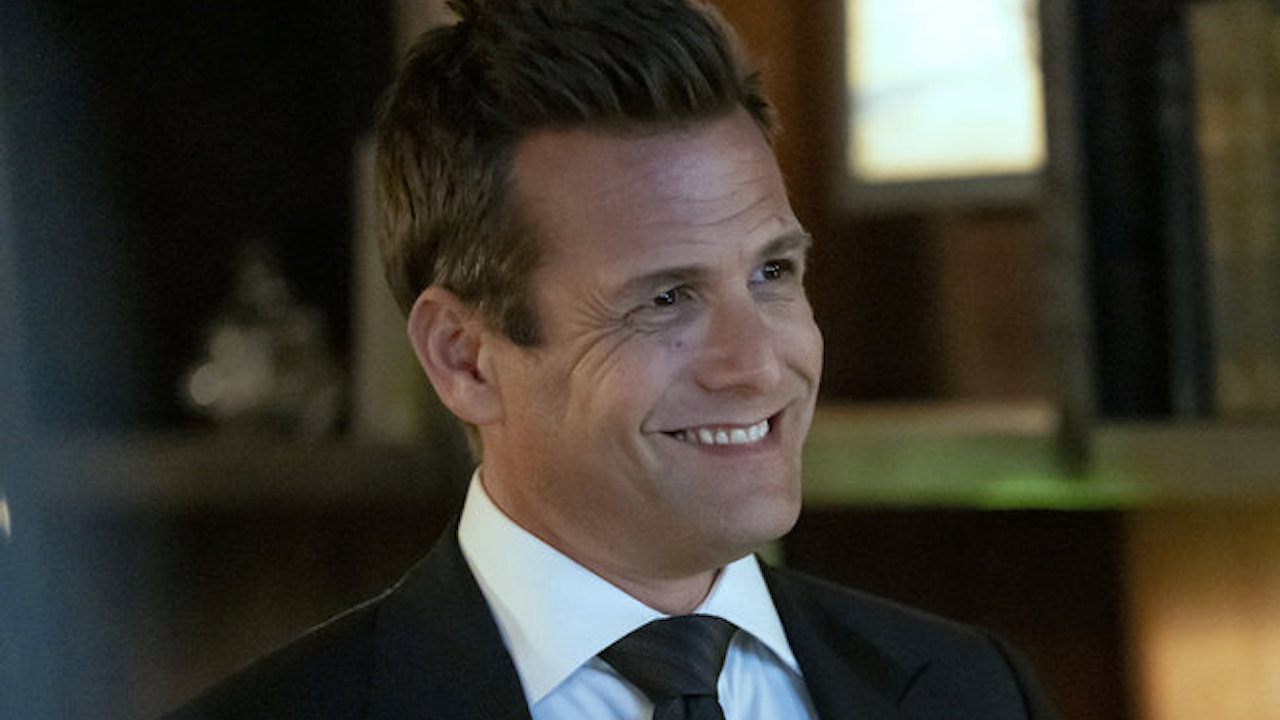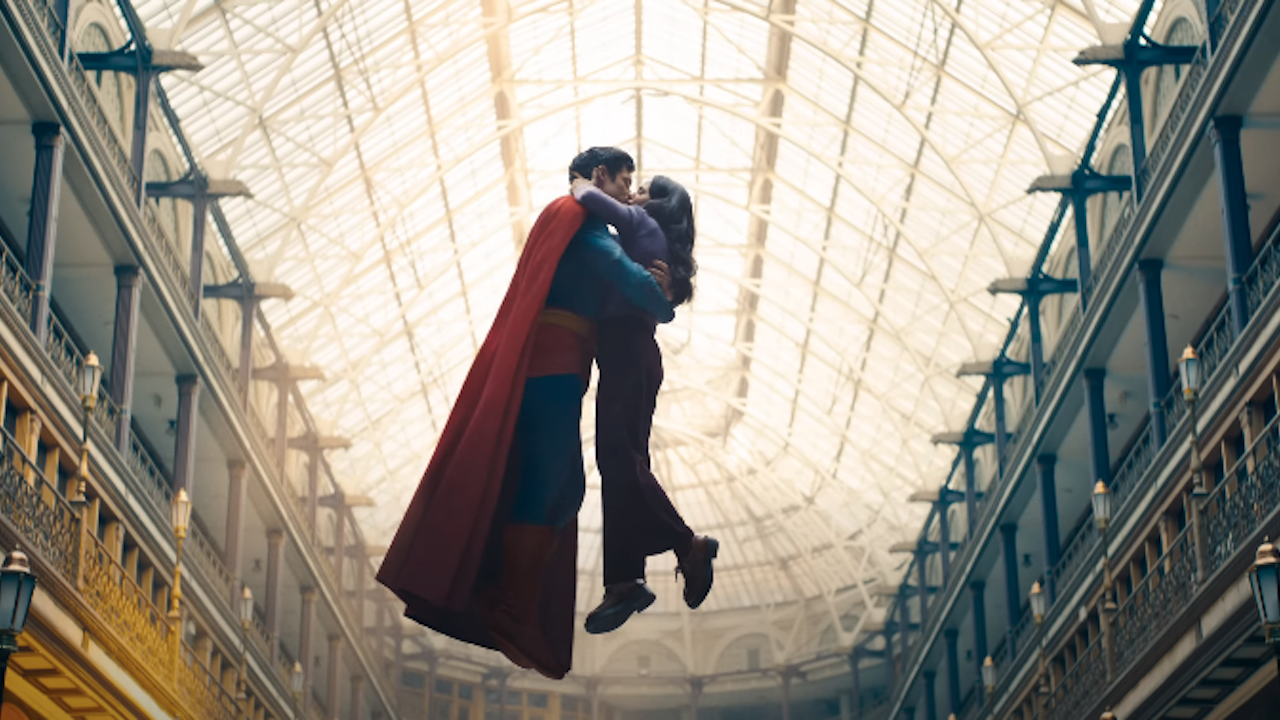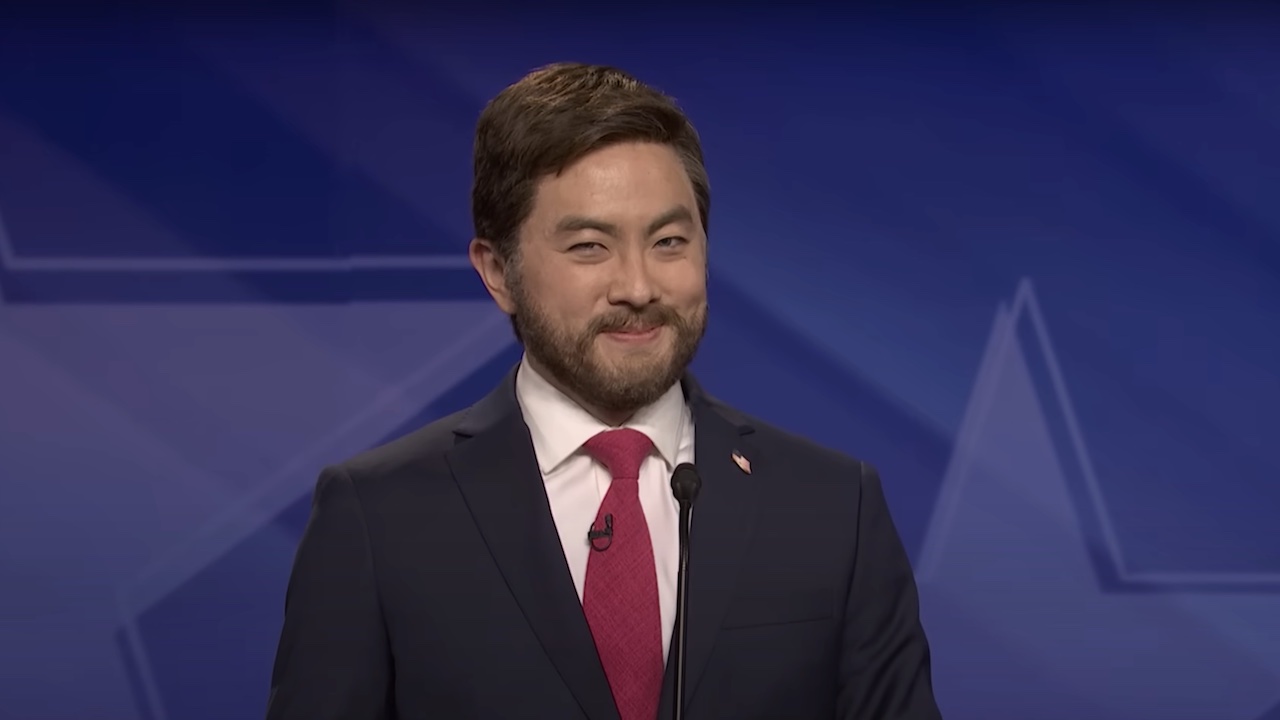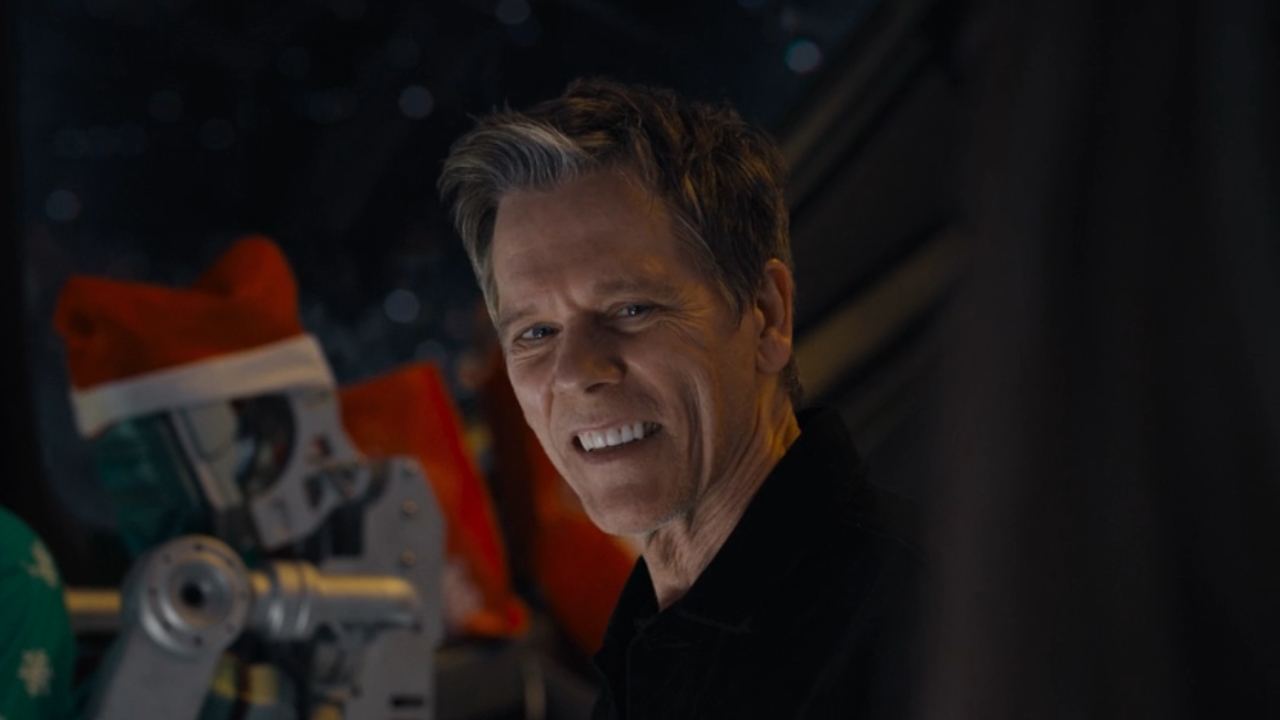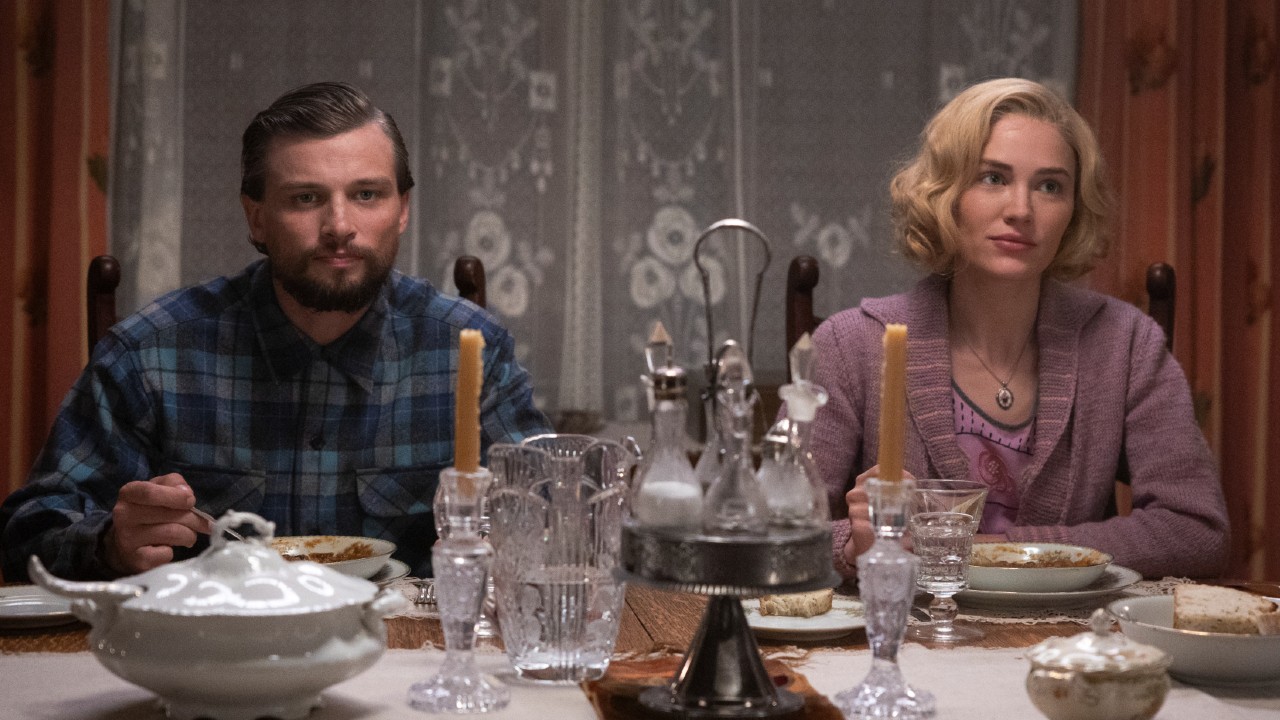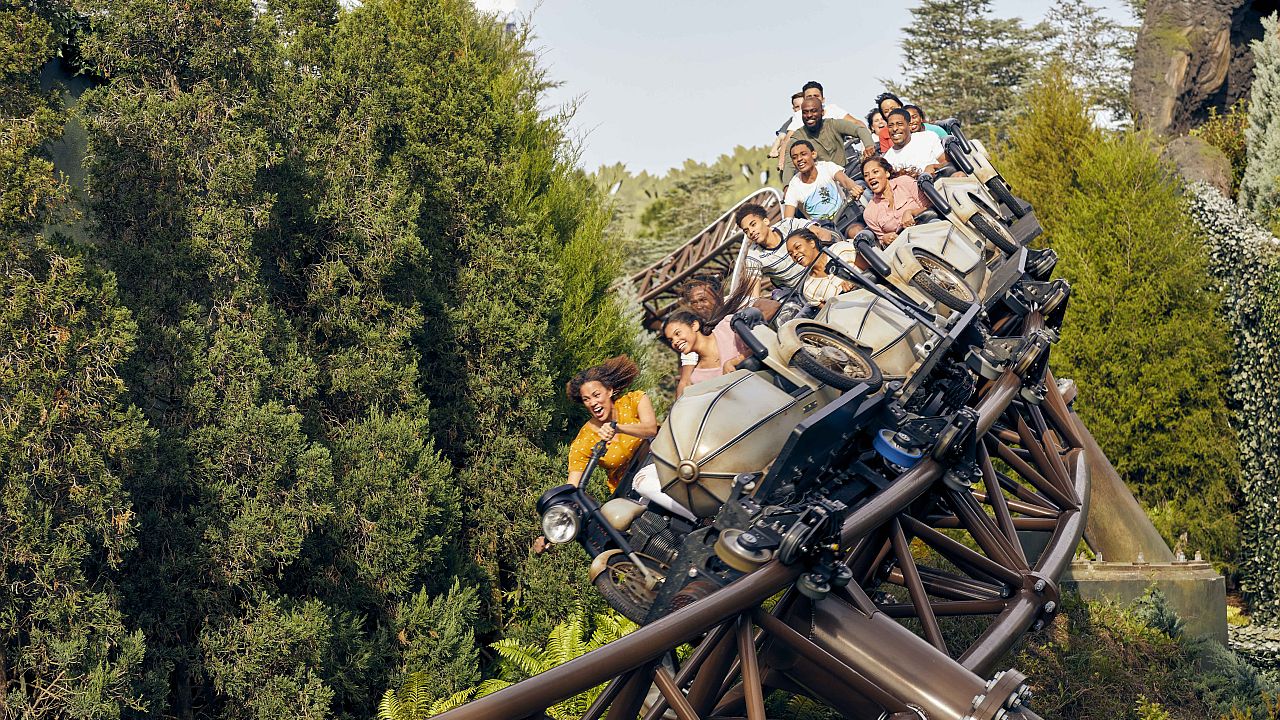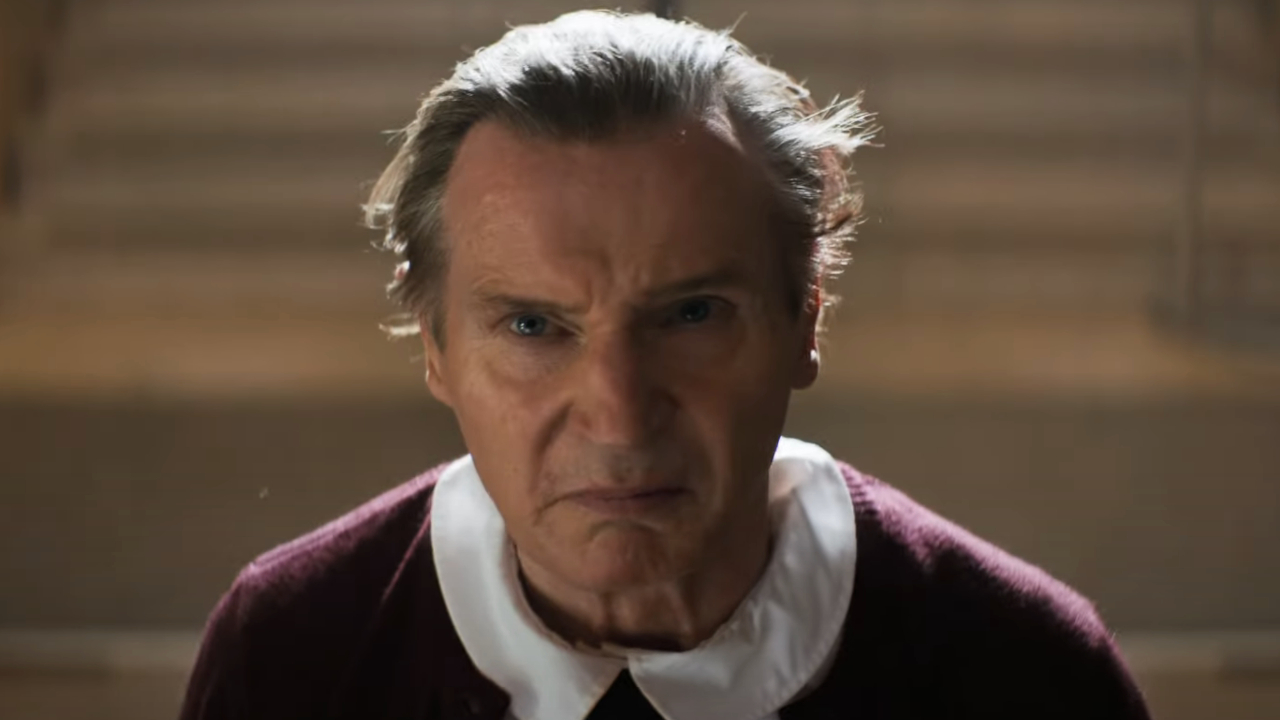The Mission: Impossible Movies: 10 Cool Behind-The-Scenes Facts About The Tom Cruise Franchise
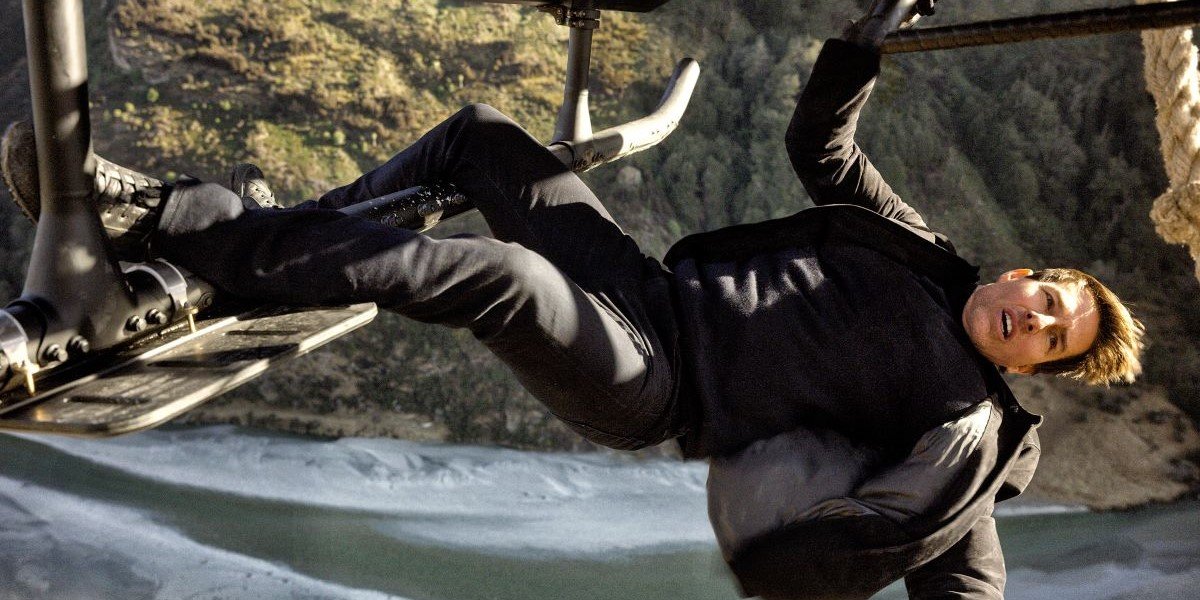
Twenty-five years ago fans were first introduced to Tom Cruise’s Ethan Hunt and the Mission: Impossible film franchise. Iconic from the get go for many of its practical stunts, Cruise and those involved have only raised the stakes in subsequent films, much to audiences delight.
Despite some hiccups in production during the pandemic - including most recently a shut down when someone tested positive - we are expected to get the seventh entry into the Mission: Impossible franchise in 2022. Until then, let’s celebrate the silver anniversary of the franchise with these behind-the-scenes facts.

Davie Koep & Robert Towne Were Writing Competing Mission: Impossible Scripts At The Same Time
By the early 1990s, Tom Cruise was one of Hollywood’s biggest stars after films like Risky Business, Days of Thunder and Top Gun. Cruise chose to parlay his standing in the industry and created a production company, Cruise/Wagner, with former casting agent Paula Wagner. First in his sight was Paramount’s planned adaptation of the original Mission: Impossible TV series.
Cruise helped bring director Brian De Palma onboard the project, who in turn hired screenwriter David Koep, who he had worked with on Carlito’s Way. It was not a usual scripting process, however.
Anecdotes from Cruise, Koep and others reveal the iconic stunts were thought of first and then a story had to be retrofitted to encompass those set pieces. Koep, in an interview with Collider, called the writing of Mission: Impossible “really stress-y” and said that he was fired from the film so Robert Towne (Chinatown, Days of Thunder) could get a crack at it. But he would return under unusual circumstances, he explained.
“... Towne came in and sort of threw all the pages up in the air and things stayed quite chaotic. And then three weeks before shooting they said ‘will you come back and try and put it all back together, but Bob’s going to keep working and you’re going to keep working and we’ll just figure out what we shoot.’ I was like, ‘OK, this ought to be interesting.’”
It worked. Koep and Towne share screenwriting credits and Mission: Impossible was a hit.
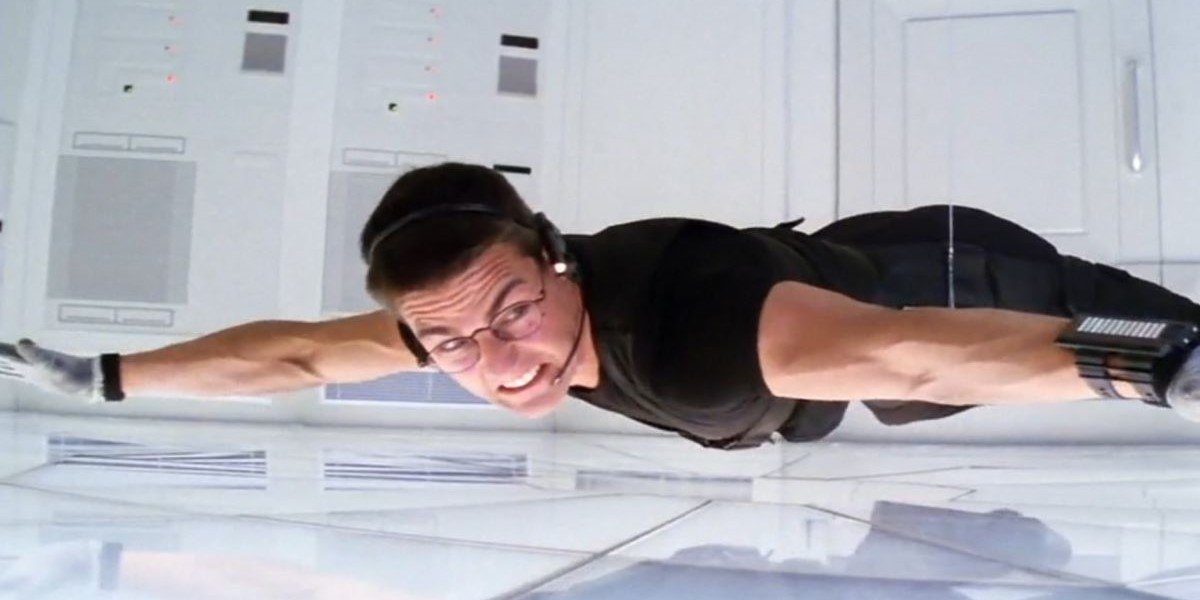
Tom Cruise Kept Faceplanting During CIA Break-In Stunt
One of the most iconic stunts of the Mission: Impossible franchise is still the break-in to the CIA vault from the first movie. It’s a fantastically tense sequence as we know that Cruise’s Hunt cannot make a sound or touch the ground without setting off alarms, doing it all while being suspended on wires.
CINEMABLEND NEWSLETTER
Your Daily Blend of Entertainment News
While you may think that this wouldn’t be overly difficult to pull off practically compared to some of the stunts Cruise takes on in the more recent films, it certainly wasn’t easy. In fact, Cruise kept ruining takes with faceplants during a crucial sequence, according to multiple reports.
When Krieger (Jean Reno) drops Ethan nearly to the ground, snagging him just inches from the floor, Cruise kept succumbing to gravity and hitting his face on the floor. With only one take left to make it work, Cruise put English pound coins (they shot at Pinewood Studios in London) in his shoes to help him balance. This simple solution worked, to his and everyone’s amazement, and they got the shot.
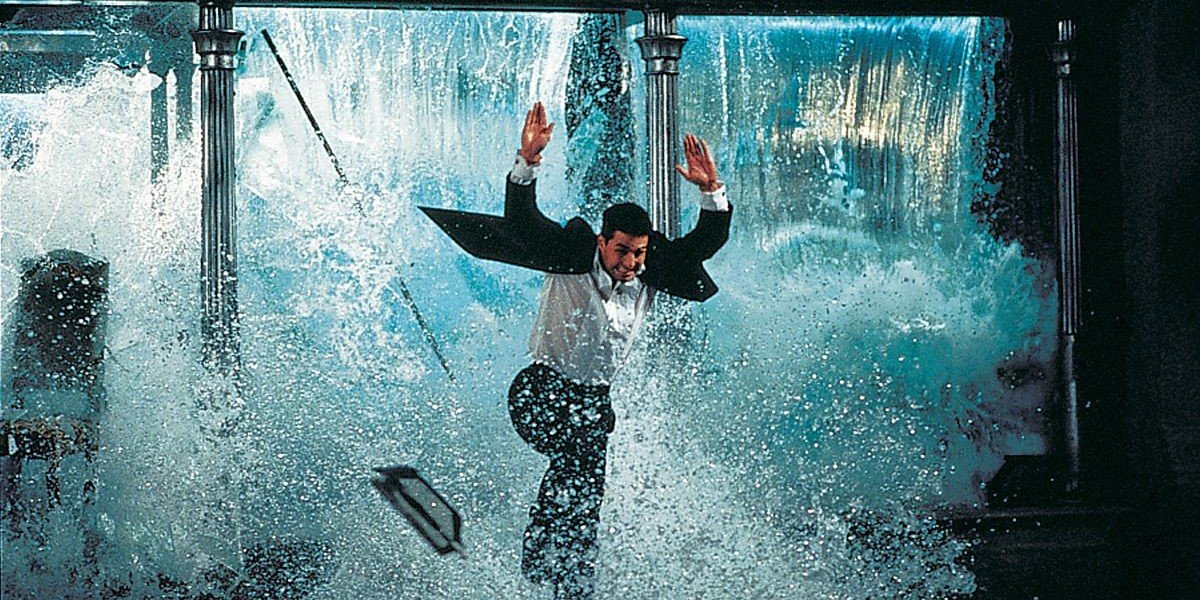
Danny Elfman Had A Near Impossible Task Creating The Score In Five Weeks
The script wasn’t the only part of the film that required multiple hands to create. Alan Silvestri (Forrest Gump, Avengers: Endgame) was the original composer hired to score Mission: Impossible, but Brian De Palma ultimately didn’t like what he put together. So he brought in Danny Elfman (Batman Returns, The Nightmare Before Christmas) to take over, with just a five week timeline.
Elfman recalled in an interview that when he joined Mission: Impossible he was at an advantage coming in after Silvestri because he knew what De Palma didn’t want. Also, with the original TV show’s theme music serving as a key piece, he was able to build off that, turning it into the big orchestral piece we know today.
Still, Elfman describes it as an intense experience working with De Palma. Of course, we know that he pulled it off wonderfully. Even though Elfman would not return to score any of the sequels, he laid the groundwork for what was to come.
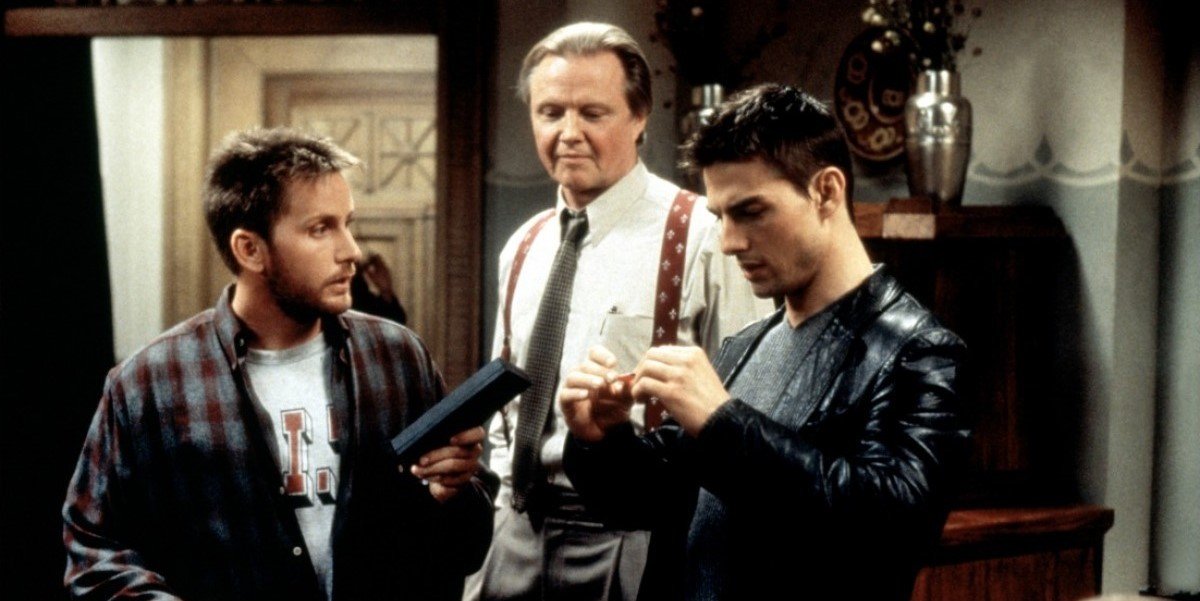
Martin Landau, Star Of Original TV Show, Passed On Appearing In Movie
While the Mission: Impossible movie franchise owes its roots to the original TV show, the two are very different. And for some of the original cast, they were not too happy with those differences.
Martin Landau played the character Rollin Hand in the Mission: Impossible TV series. In an interview with MTV in 2009, in between Mission: Impossible III and Mission: Impossible - Ghost Protocol, Landau revealed that he and other members of the TV show were approached to be in the first Mission: Impossible, but he was not a fan of what they had planned.
When they were working on an early incarnation of the first one - not the script they ultimately did - they wanted the entire team to be destroyed, done away with one at a time, and I was against that. It was basically an action-adventure movie and not Mission. Mission was a mind game. The ideal mission was getting in and getting out without anyone ever knowing we were there. So the whole texture changed. Why volunteer to essentially have our characters commit suicide? I passed on it. I said, ‘It’s crazy to do this.’ The script wasn’t that good either!
Landau, who passed away in 2017, was reportedly approached to appear in Mission: Impossible III. While the actor said he did not recall that, he said that he would not have been interested in what he assumed would have been a cameo role.
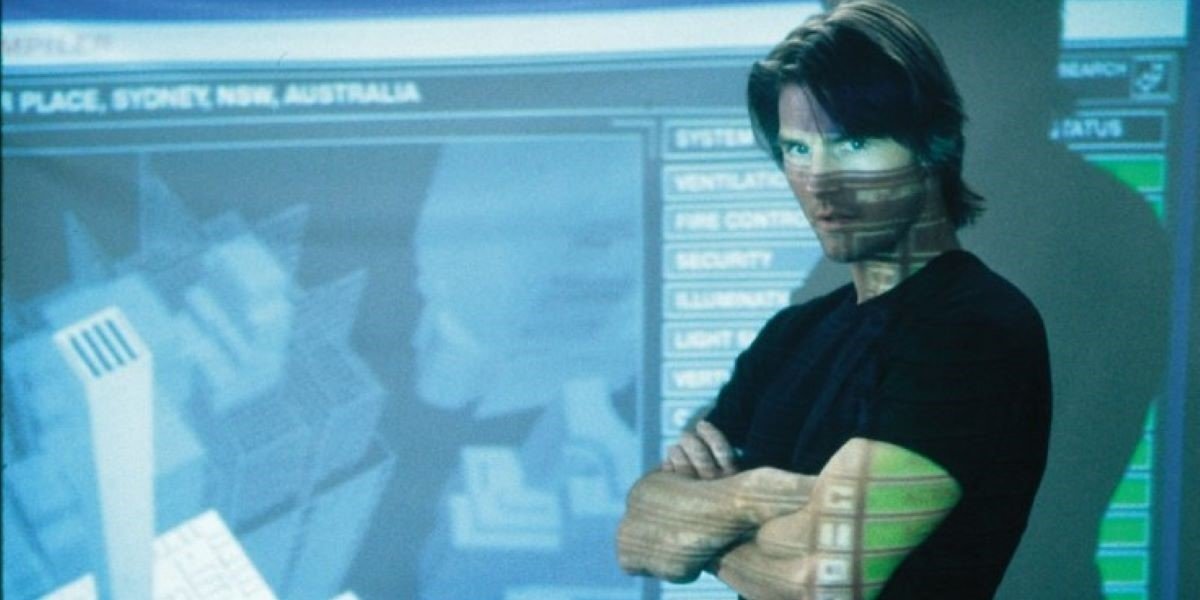
Mission: Impossible II Revolutionized Realistic Virtual Background
The fact these massive stunts Tom Cruise pulls off in the Mission: Impossible movies are practical is part of the movies’ draw. However, there are some things they just can’t do in real life and need the wonders of visual effects. This included a key sequence in Mission: Impossible II that was a revolutionary use of virtual background technology.
In the sequence when Ethan breaks into the laboratory to steal vials of the deadly disease at the center of the plot, he escapes by jumping through a hole in the building out to the Sydney skyline.
VFX artists explained that to get the shot they wanted - the camera follows Cruise as he jumps out of the building - they used a green screen. The VFX team had to take a multitude of photographs of the Sydney skyline at night so they could recreate it as a photorealistic render. This technique served as a precursor to virtual production techniques being used today.
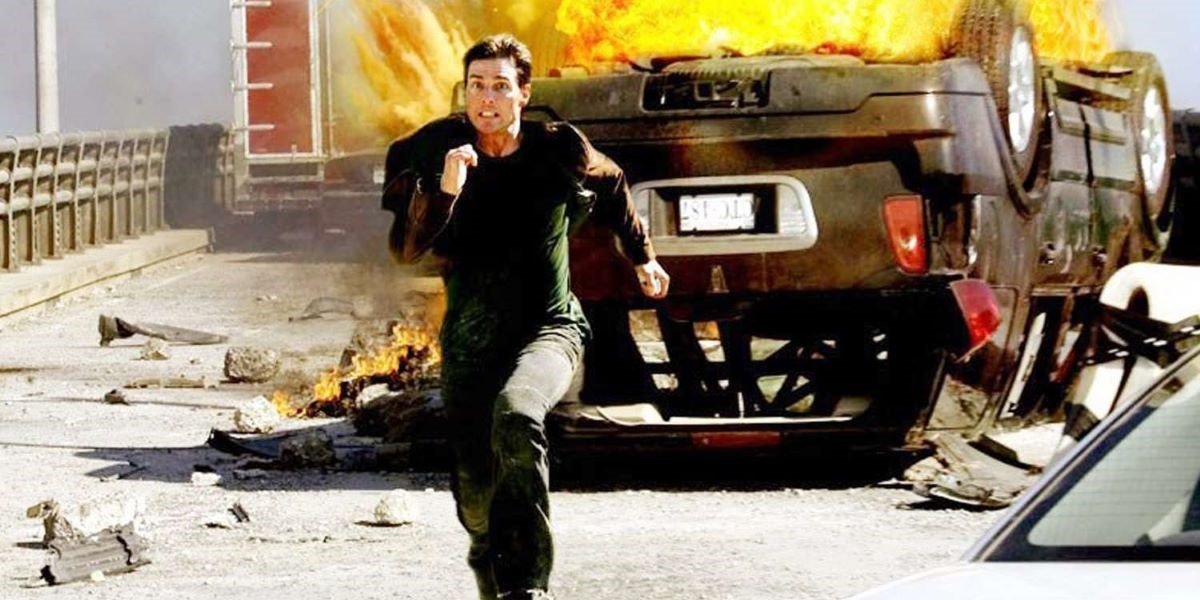
Mission: Impossible III Lost Multiple Directors, Cast In Development
Today, Mission: Impossible seems too big to fail, but that wasn't the case after Mission: Impossible II. The pre-production process for Mission: Impossible III certainly didn’t help, losing multiple directors and its initial supporting cast, the Hollywood Reporter detailed.
First up for Mission: Impossible III was David Fincher. From what Fincher said, his idea for the movie would've been "really violent."
Next was Joe Carnahan, whose film Narc Cruise had executive produced. He got things along to where Kenneth Branagh was set to play the film’s villain, Carrie Anne Moss the love interest and Scarlett Johansson as Ethan Hunt’s IMF protege. However, Carnahan also reportedly left the film over creative differences.
This is where J.J. Abrams came in. However, because of commitments to Lost, production was delayed for about a year and Branagh, Moss and Johansson were released from the film.
Abrams saw Mission: Impossible III through, with Phillip Seymour Hoffman, Michelle Monaghan and Keri Russell filling similar roles to what had been created.
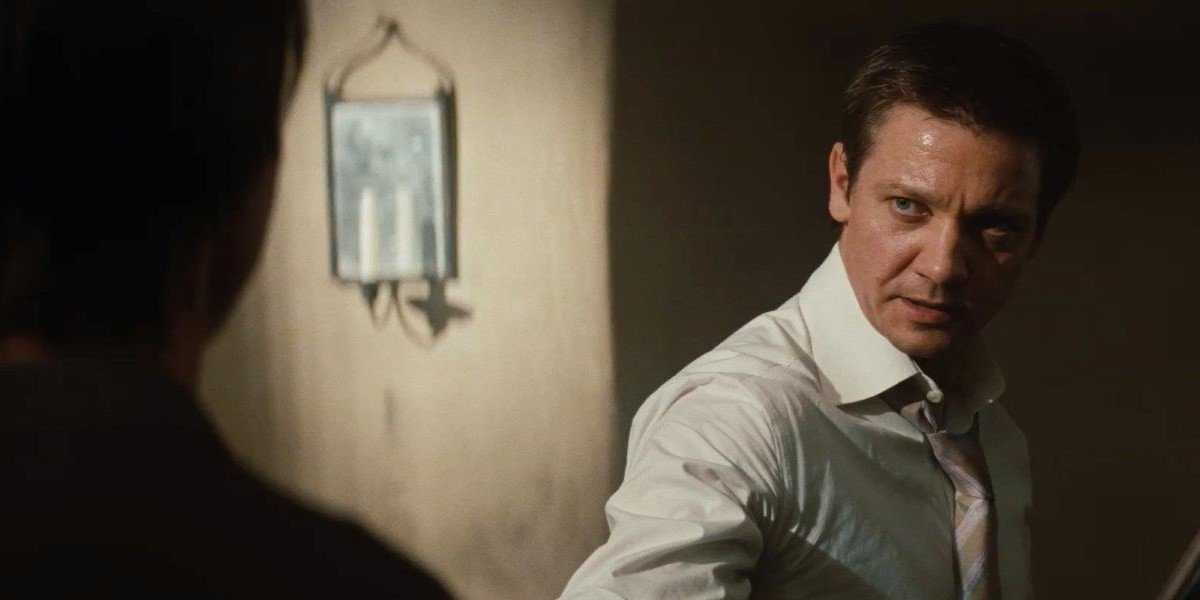
Christopher McQuarrie Joined Ghost Protocol Late In Production And ‘Blew Up The Movie’
Christopher McQuarrie has become the steward of the Mission: Impossible franchise alongside Tom Cruise. He is the only director to return for a second film (by the time Mission: Impossible 8 comes out he’ll have directed half of the total films in the franchise). His arrival into the franchise was certainly impactful, though not initially expected.
On the Light the Fuse podcast that focuses specifically on Mission: Impossible, McQuarrie explained that when he came to Ghost Protocol 10 weeks into filming, he changed a key dynamic on where many thought the Mission: Impossible franchise was going.
Jeremy Renner joined the series in Ghost Protocol for what initially was assumed as a passing of the torch. However, instead of Renner’s Brandt getting the hero moment by killing the villain, McQuarrie convinced the studio to give that moment to Simon Pegg’s Benji to fulfill his character’s arc.
Since then McQuarrie has had the keys to the castle and Cruise - not Renner - still leads the franchise.
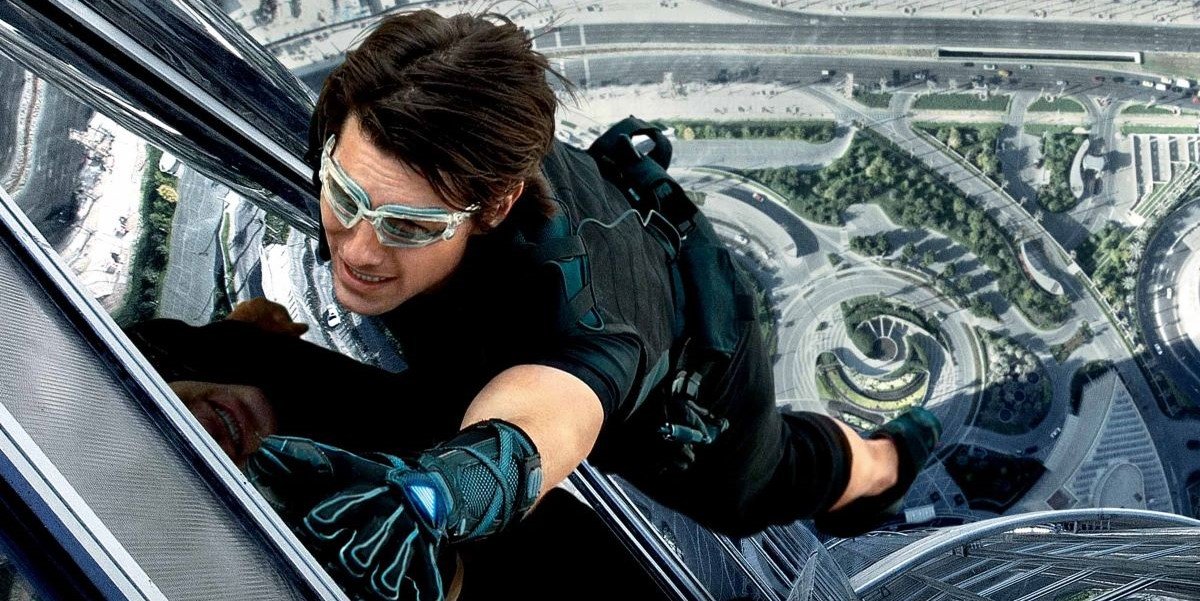
Ghost Protocol’s Burj Khalifa Sequence Was Done With A Ticking Clock
Perhaps only trailing the CIA break-in, Ghost Protocol’s scaling of the Burj Khalifa is up there as one of the franchise’s most iconic stunts. We all know that Tom Cruise did that for real (with the help of safety wires edited out in post), but the crew only had a limited amount of time to get the shots they needed.
As Screenrant detailed, one factor was the harness Cruise was using would cut off his circulation, making it only possible for him to be in it for a short amount of time. Also, the scene was shot in IMAX, which used up film faster than a traditional camera. The helicopters used for some shots, meanwhile, had a flight limit of just 30 minutes.
They got it all under the wire though.
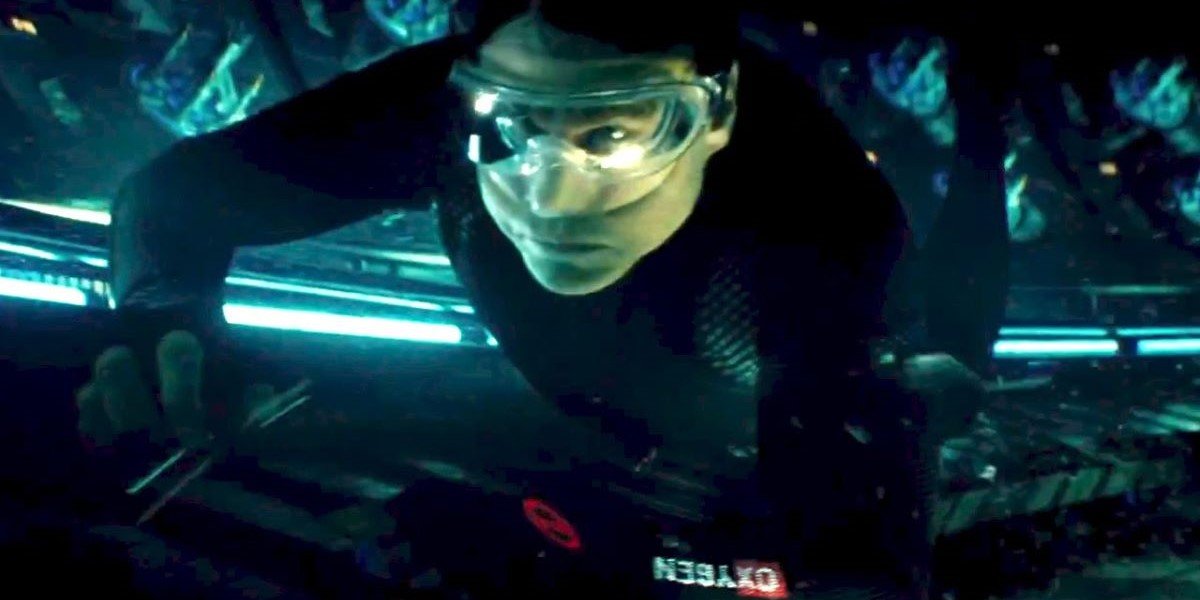
Rogue Nation Stunt Coordinator Had Trouble Distinguishing Cruise’s Acting From Actual Distress
One of the most dangerous stunts in the entire franchise came in Rogue Nation, where Ethan Hunt attempts to steal critical information out of an underwater vault, requiring him to hold his breath for about six minutes. Cruise once again opted to do the stunt, though that would ultimately lead to confusion for the stunt coordinator.
Described to Business Insider, Rogue Nation stunt coordinator Wade Eastwood said Cruise brings an extra layer to these sequences because he continues to act whereas many stuntmen are primarily concerned with just doing the stunt.
Because of the inherent dangers of holding your breath underwater, Eastwood was very attentive to Cruise’s condition during the stunt, and this caused him to jump in a few times and stop the scene, much to Cruise’s annoyance.
“He was like, ‘What are you doing? I was right in the moment. I’m acting,’” Eastwood recalled. Apparently too well, as Eastwood didn’t want to be the one to let Tom Cruise die on his watch.
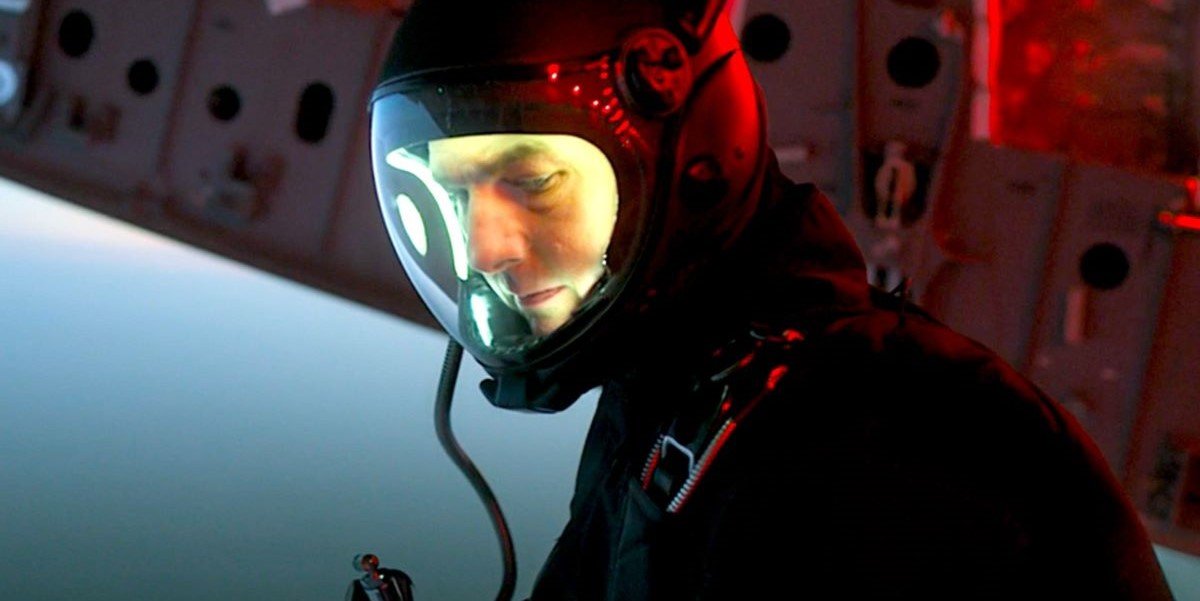
Tom Cruise Performed 100 Skydiving Jumps In Prep For Fallout Halo Jump
In the most recent Mission: Impossible movie, Fallout, the Halo jump in the middle of the film was the stunt that got the most attention. The jump actually shown in the movie is a composite of three jumps. But that’s nothing - Tom Cruise made over 100 skydiving jumps in preparation to film this sequence.
The reason for the massive amount of Halo jump training, as CinemaBlend previously covered, was because Tom Cruise had to qualify at different altitudes. Then, jumps at lower altitudes were done so that Cruise and the others making the leap knew what was needed on the day of shooting.
The Mission: Impossible franchise turns 25 this year. All of the Mission: Impossible movies are streaming on Paramount+ and elsewhere. This article will self-destruct five seconds after completion of reading… Damn, didn’t work.
D.C.-based cinephile. Will dabble in just about any movie genre, but passionate about discovering classic films/film history and tracking the Oscar race.


